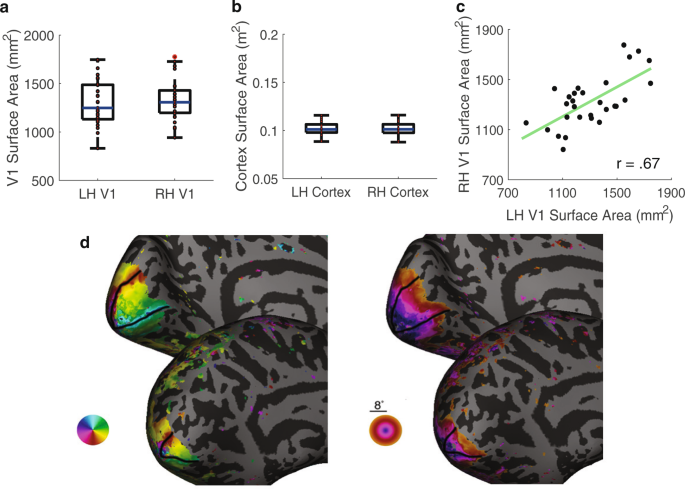また、女性ホルモンが心臓の機能を高め、エネルギー代謝を促進することも明らかにした。 Also shows how female sex hormone enhances cardiac function, promotes energy metabolism
2022-06-13 テキサス A&M大学

Estrogen’s structural composition. (Stock image)
この研究により、心臓における深刻なインスリン抵抗性が、雄マウスに心筋症を引き起こし、死に至らしめることが示された。また、性ホルモンのエストロゲンが雌のマウスを保護することも明らかにした。
<関連情報>
- https://agrilifetoday.tamu.edu/2022/06/13/study-shows-estrogens-role-in-protecting-from-cardiomyopathy/
- https://www.ahajournals.org/doi/abs/10.1161/CIRCHEARTFAILURE.121.008758
エストロゲンは心筋のIRS1およびIRS2の欠損によって引き起こされる拡張型心筋症の心機能およびエネルギー代謝を保護する Estrogen Protects Cardiac Function and Energy Metabolism in Dilated Cardiomyopathy Induced by Loss of Cardiac IRS1 and IRS2
Hui Yan,Wanbao Yang,Fenghua Zhou,Quan Pan,Kimberly Allred,Clinton Allred,Yuxiang Sun,David Threadgill,David Dostal,Carl Tong and Shaodong Guo
Heart Failure published17 May 2022
DOI:https://www.ahajournals.org/doi/suppl/10.1161/CIRCHEARTFAILURE.121.008758.
Abstract
Background:
Type 2 diabetes (T2D) is a high-risk factor for incident of cardiovascular diseases. Women at young ages show a reduced incidence of both T2D and cardiovascular diseases compared with men, but these disparities disappear in postmenopausal women versus age-matched men. Thus, ovaries and ovarian hormones, such as estrogen, are expected to protect from T2D and cardiovascular diseases. In this study, we aimed to investigate the role of ovaries and ovarian hormone estrogen in cardiac function and energy metabolism using the cardiac IRS (insulin receptor substrate) 1 and IRS2 double genes knockout mice that mimic cardiac insulin resistance.
Methods:
Control and heart-specific IRS1/2 double genes knockout mice were treated with placebo or 17β-estradiol (E2) pellets, respectively, through subcutaneous implantation. Female mice were subjected to a bilateral ovariectomy surgery to remove endogenous E2. The cardiac function and energy metabolism were determined using echocardiography and indirect calorimeter, respectively.
Results:
All male heart-specific IRS1/2 double genes knockout mice died of heart failure at 6 to 8 weeks as we previously described (Qi et al), but all female heart-specific IRS1/2 double genes knockout mice survived >1 year. Removal of ovaries in heart-specific IRS1/2 double genes knockout female mice resulted in cardiac dysfunction, and ultimately animal death. However, E2 supplementation prevented the dilated cardiomyopathy, improved cardiac function and energy metabolism, and enhanced lifespan in both male and ovariectomy female mice deficient for cardiac IRS1 and IRS2 genes, largely owing to the activation of Akt (protein kinase B)-Foxo1 (O1 class of forkhead/winged helix transcription factor) signaling cascades.
Conclusions:
These results show that estrogen protects mice from cardiac insulin resistance-induced diabetic cardiomyopathy. This may provide a fundamental mechanism for the gender difference for the incidence of both T2D and cardiovascular diseases. This study highlights that estrogen signaling could be a potential target for improving cardiac function and energy metabolism in humans with T2D.


